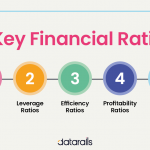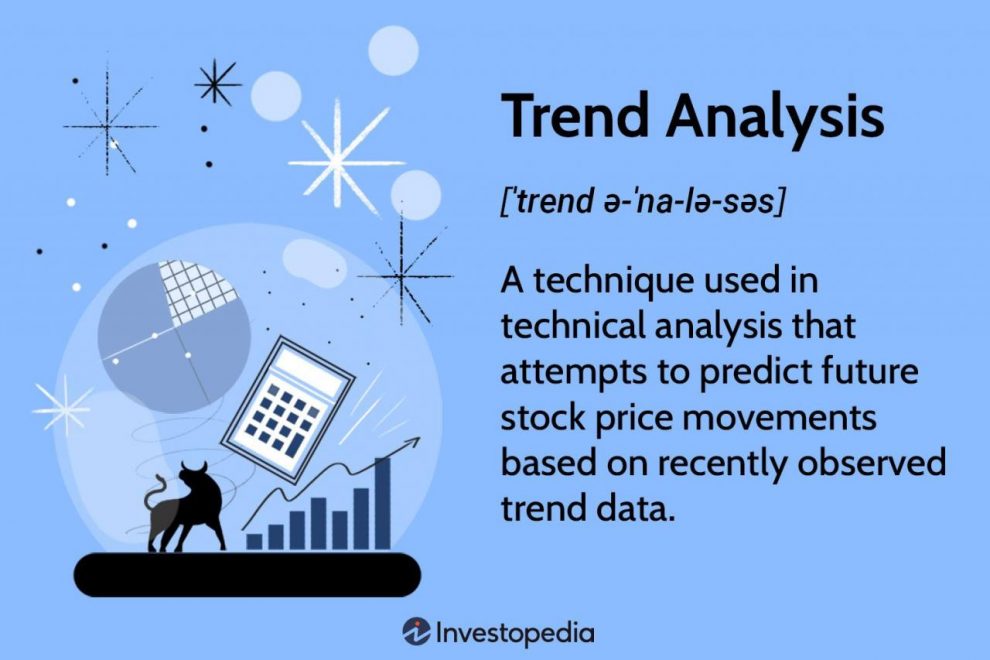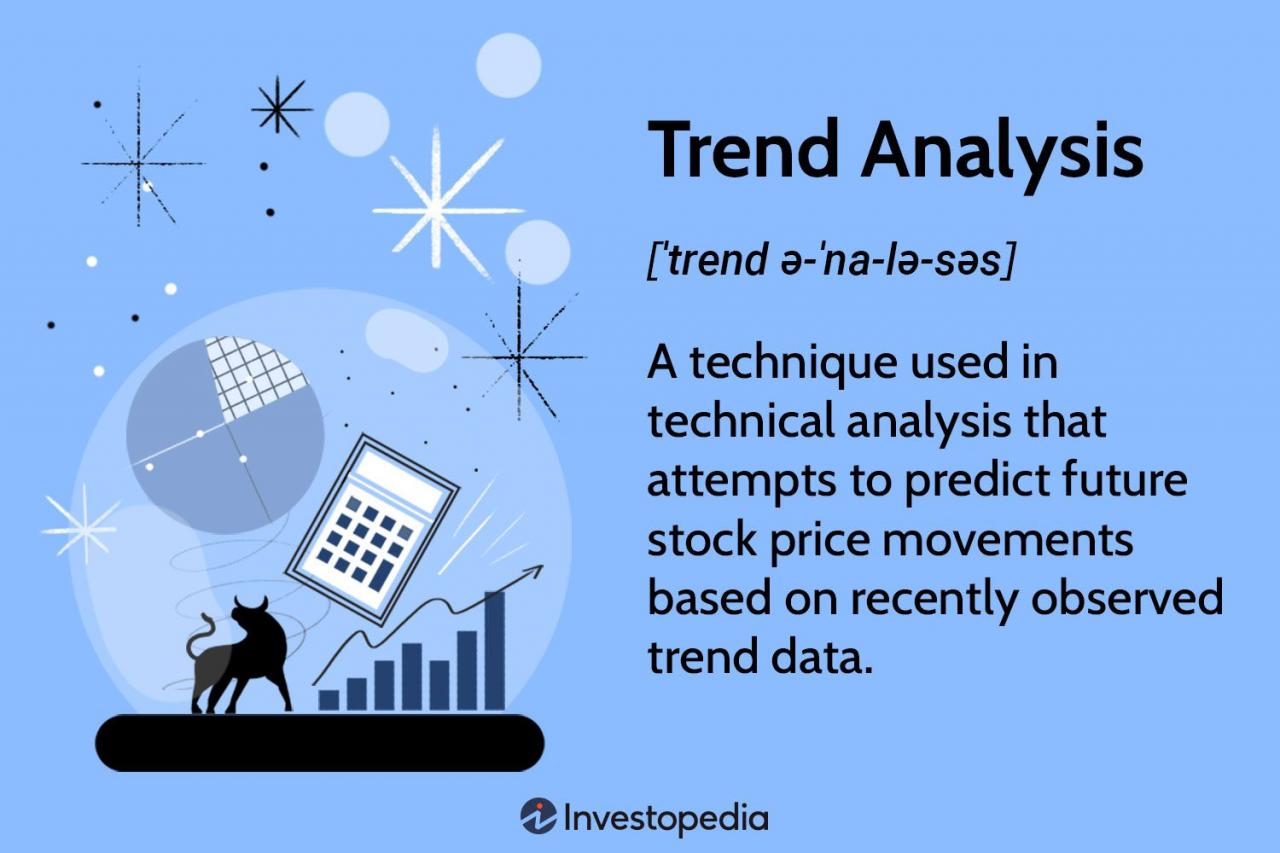The world of business is often akin to navigating a ship through the treacherous waters of an ocean, filled with sudden currents and unforeseen storms. As the business landscape rapidly evolves, the successful entrepreneur is not just the one who reacts swiftly, but one who anticipates changes. In the words of Wayne Gretzky, the legendary Canadian hockey player, “Skate to where the puck is going, not where it has been.” This is where understanding market trends becomes a key component of business strategy.
What Are Market Trends?
Market trends refer to the general movement of a market or the price of an asset. They can vary in length from short, to intermediate, to long term. If you’ve ever heard the term “trend is your friend,” this phrase pertains to the prevalent direction of the market. By identifying the market trends, you can potentially base your investment and business decisions on the direction of the trend.
Why are Market Trends Important?
Market trends give investors, business owners, and entrepreneurs a general idea about the direction of their market or investment. They serve as a basic roadmap for future strategy, planning, and decision making.
One prime example of a market trend in action is the current surge in the e-commerce industry. According to Statista, in 2019, 14.1% of all retail sales worldwide were e-commerce sales. This figure rose to 18.0% in 2020, accelerated by the COVID-19 pandemic. Companies like Amazon and Shopify reaped the benefits of this trend as more consumers turned to online shopping.
However, trends can also work in the opposite direction. Kodak, once a giant in the film and camera industry, filed for bankruptcy in 2012, unable to adapt to the trend of digital photography. Not recognizing and adapting to new market trends can lead to the downfall of even the most established businesses.
Identifying Market Trends
There are numerous ways to identify market trends. Some people use technical analysis, which involves studying price charts to identify trends. Others prefer fundamental analysis, looking at economic factors like interest rates, employment figures, and GDP growth.
With today’s technology, businesses have more tools than ever to spot and analyze market trends. Big data analytics can gather and analyze vast amounts of data, revealing patterns and trends that might otherwise go unnoticed. Social listening tools can monitor social media platforms to discover what consumers are talking about and identify emerging trends.
One recent trend identified through social listening is the rise of “plant-based diets.” As discussions about climate change and animal rights grew, more people started talking about veganism and vegetarianism. Companies like Beyond Meat capitalized on this trend, launching plant-based alternatives to meat products.
Riding the Wave of Market Trends
Understanding and identifying market trends is only half the battle. The real challenge is using this understanding to inform business strategy and decision making.
This often involves making predictions about where the trend will go. Forecasting market trends is more of an art than a science, and even the best forecasts can be wrong. Still, an educated guess based on solid data is better than making decisions in the dark.
In conclusion, understanding market trends is vital for any business. Whether you’re a multinational corporation or a small start-up, being able to spot, analyze, and act upon market trends can give you a competitive edge. It allows you to navigate the ever-changing business landscape effectively, making informed decisions that will drive your business forward. As the great American businessman Peter Drucker once said, “The best way to predict the future is to create it.” By understanding market trends, businesses can do just that.
















